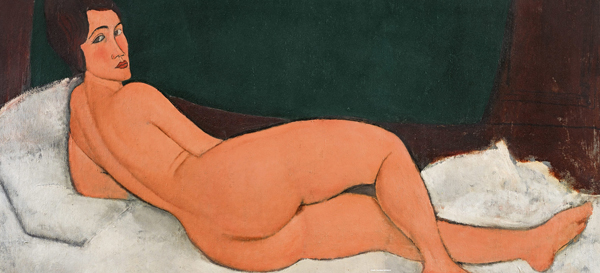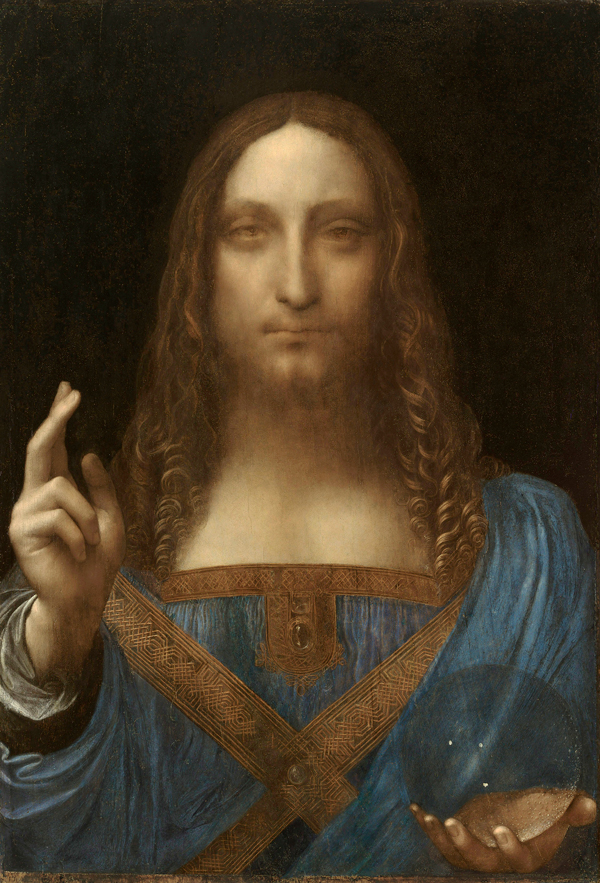The bitter years-long dispute between billionaire Russian oligarch Dmitry Rybolovlev and Swiss art-freeport mogul Yves Bouvier (reported in this column previously) has spawned a multi-million-dollar lawsuit against Sotheby’s and has resulted in possible criminal charges in Monaco against Rybolovlev—who has ties to the Kremlin. Rybolovlev is known primarily for two things: 1) buying a Palm Beach mansion from Donald Trump for more than twice the price he paid for it only a couple of years previously (raising eyebrows as to whether the transaction was a concealed gift to Trump made on behalf of Putin, and reportedly attracting the attention of special counsel Robert Mueller’s investigators); and 2) selling Salvator Mundi, a portrait of Christ that set a record auction price for a work of art—$450 million. The controversial painting, attributed to Leonardo da Vinci, was purchased by the Crown Prince of Saudi Arabia, Mohammed bin Salman, and will be unveiled shortly in the new billion-dollar Louvre Abu Dhabi.
You would think Rybolovlev, who made a huge profit on Salvator Mundi, would have been pleased, but the painting was one of 38 works that were sold by Bouvier to the oligarch and alleged to have been marked up by over a billion dollars. Rybolovlev claimed that Bouvier had agreed to serve as an art consultant and receive a fixed commission fee, but Bouvier countered that he was acting as an art broker and was free to add fees on top of the prices he paid for the works—which he did not have to disclose to Rybolovlev.
Ultimately, Rybolovlev discovered Bouvier’s game—he had dramatically jacked up the prices he said he paid for the works. For example, the Salvator Mundi was purchased by Bouvier for $80 million, but he sold it to Rybolovlev for $127 million. Rybolovlev also made millions in profit on Modigliani’s Nu Couché, (another work sold to him by Bouvier) when it realized $153 million last May at Sotheby’s—the house record for an individual art work.

Modigliani’s Nu Couché
Perhaps Rybolovlev didn’t think Sotheby’s did such a good job selling the Modigliani, since he filed a $380 million lawsuit in New York in October, 2018 against the auction house claiming it was a willing partner with Bouvier in his alleged swindle of the oligarch, according to artnet News. The suit accuses Sotheby’s of inflating appraisals of one-third of the works Bouvier sold the Russian, in order to inflate Bouvier’s profits. For example, Rybololvlev claims “Nu Couché was appraised by Sotheby’s at $110 million on behalf of Bouvier although he had recently paid $93.5 million for it. The complaint alleges that Sotheby’s consistently omitted details of Bouvier’s recent purchases from the transaction records of the appraisals. Sotheby’s vehemently denies the charges in the complaint.
There has always been doubt about the legitimacy of Bouvier’s fraud charges in Monaco, based on the Russian oligarch’s influence in the tiny principality where he owns a spectacular penthouse, the most important professional soccer club, and often moors one of his super-yachts. On November 6, 2018, according to Bloomberg, the ongoing corruption investigation in Monaco resulted in the oligarch’s detention for interrogation and possible criminal charges for undue influence and a search and seizure of evidence from his office and villa. The corruption probe previously led to the resignation of Monaco’s justice minister, who is facing criminal charges himself for allegedly accepting bribes arranged by agents of Rybolovlev to pursue a case against Bouvier. Now the French press is labeling the scandal “Monaco-gate.” Rybolovlev and his attorneys have scoffed at the allegations against him.
Meanwhile, Salvator Mundi’s attribution to Leonardo continues to roil the art world, with publication dates looming on several books questioning whether it was actually painted by the master. The Guardian reported in August, 2018, that Oxford art historian Matthew Landrus claimed that its actual painter was Bernardino Luini, one of Leonardo’s studio assistants. It should be kept in mind that there are 20 known variants of Salvator Mundi painted by studio assistants of Leonardo—making the original difficult to identify.
Landrus, a Leonardo scholar, claims Leonardo may have painted only 5 to 20 percent of the work. Landrus is doing a comparison study of Luini’s other known works with the Salvator Mundi in conjunction with the update of his 2006 book on Leonardo. According to the provenance for Salvator Mundi written by Christies, it was identified as Luini’s work when it was acquired for the British aristocrat Sir Francis Cook’s collection in 1900. There it remained until the dispersal of the collection in 1958 when, amazingly, it sold at auction for only $100. There’s little doubt the mystery surrounding Salvator Mundi will rage on for years to come.


